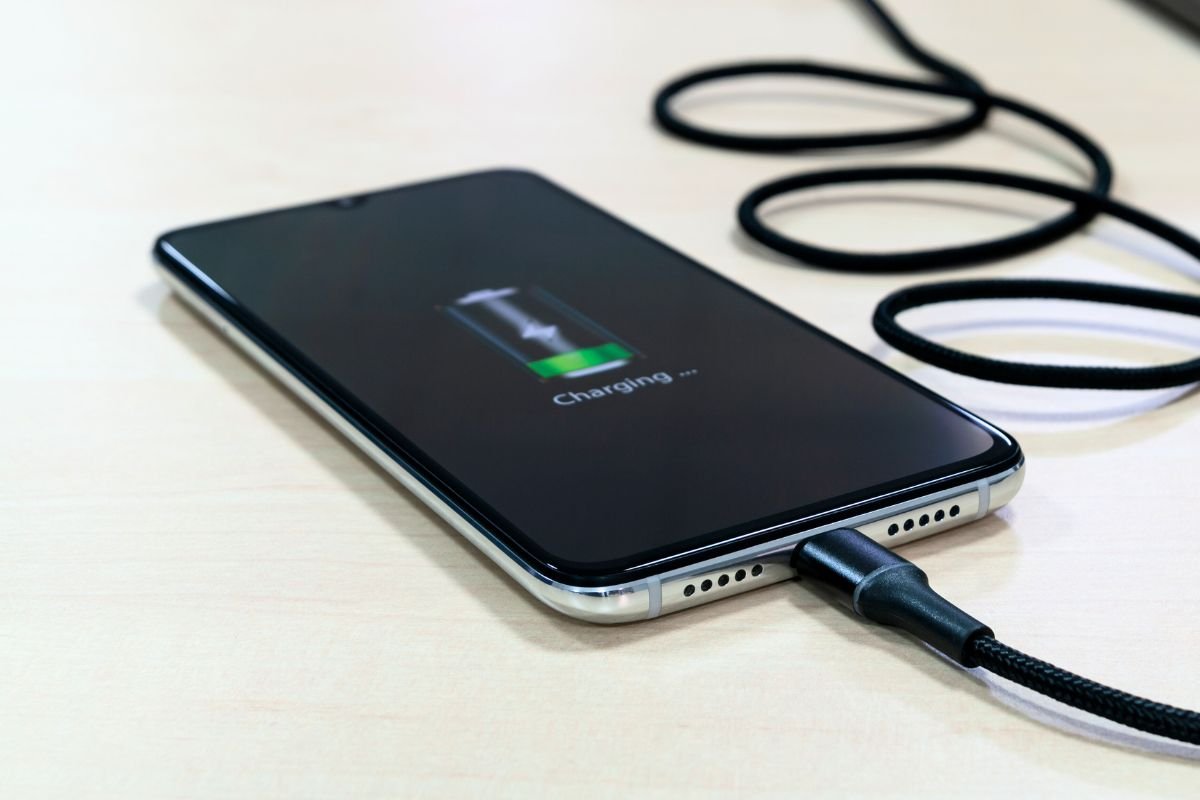Generative AI tools like ChatGPT are reshaping how we write, work, and even think. But while they may look like friendly messaging apps, treating them as if you’re chatting with a mate on WhatsApp is one of the quickest ways to get disappointing results. Experts say that the real power of AI lies in how you instruct it — and that means learning the art of clear, deliberate prompts.
The hidden power of prompts
At the heart of tools like ChatGPT is something called prompt engineering. Put simply, it’s the practice of crafting precise instructions that guide the AI towards the kind of response you actually want. A vague question often leads to a vague answer, but a well-structured prompt can unlock surprisingly specific and useful results.
Meredith Ringel Morris, a researcher in human-computer interaction, notes that even small changes — like adjusting punctuation, choosing a different verb, or tweaking the order of your words — can dramatically alter the outcome. In other words, “just asking casually” isn’t enough.
Think of it less like texting a friend, and more like briefing a colleague: the clearer your instructions, the better the output.
Why casual language holds you back
The design of AI chat interfaces can be deceptive. Because they mimic human conversation, many people naturally fall into casual chatting, throwing in shorthand or half-formed thoughts. But while a friend might “get what you mean,” an AI will only respond to what’s explicitly written. That’s why sloppy input often results in generic or irrelevant replies.
Clear instructions cut through this. Want a summary in three bullet points? Ask for it. Need a rewrite in professional English rather than casual tone? Spell it out. The more context you give, the more the AI can deliver.
Practical tips to master ChatGPT
To make the most of generative AI, experts recommend a few simple habits:
- Be specific: Instead of “write me something about history,” try “write a 300-word overview of the French Revolution focusing on economic causes.”
- Set boundaries: Tell the AI the format, style, or audience you’re aiming for. Phrases like “in plain English,” or “for a business presentation” make a difference.
- Iterate: Don’t be afraid to refine your prompt after the first answer. Treat it as a collaboration, not a one-shot request.
- Use examples: If you want a certain style, paste a short sample and ask the AI to imitate it.
The bottom line
Generative AI is not a mind-reader — it’s a pattern predictor. That means it needs your guidance to shine. The more you treat ChatGPT as a tool to be directed rather than a pal to be bantered with, the more powerful it becomes.
In short: stop texting AI like it’s your best friend, and start briefing it like a professional. With the right approach, you’ll discover that clear prompts don’t just get better answers — they unlock the real potential of artificial intelligence.



